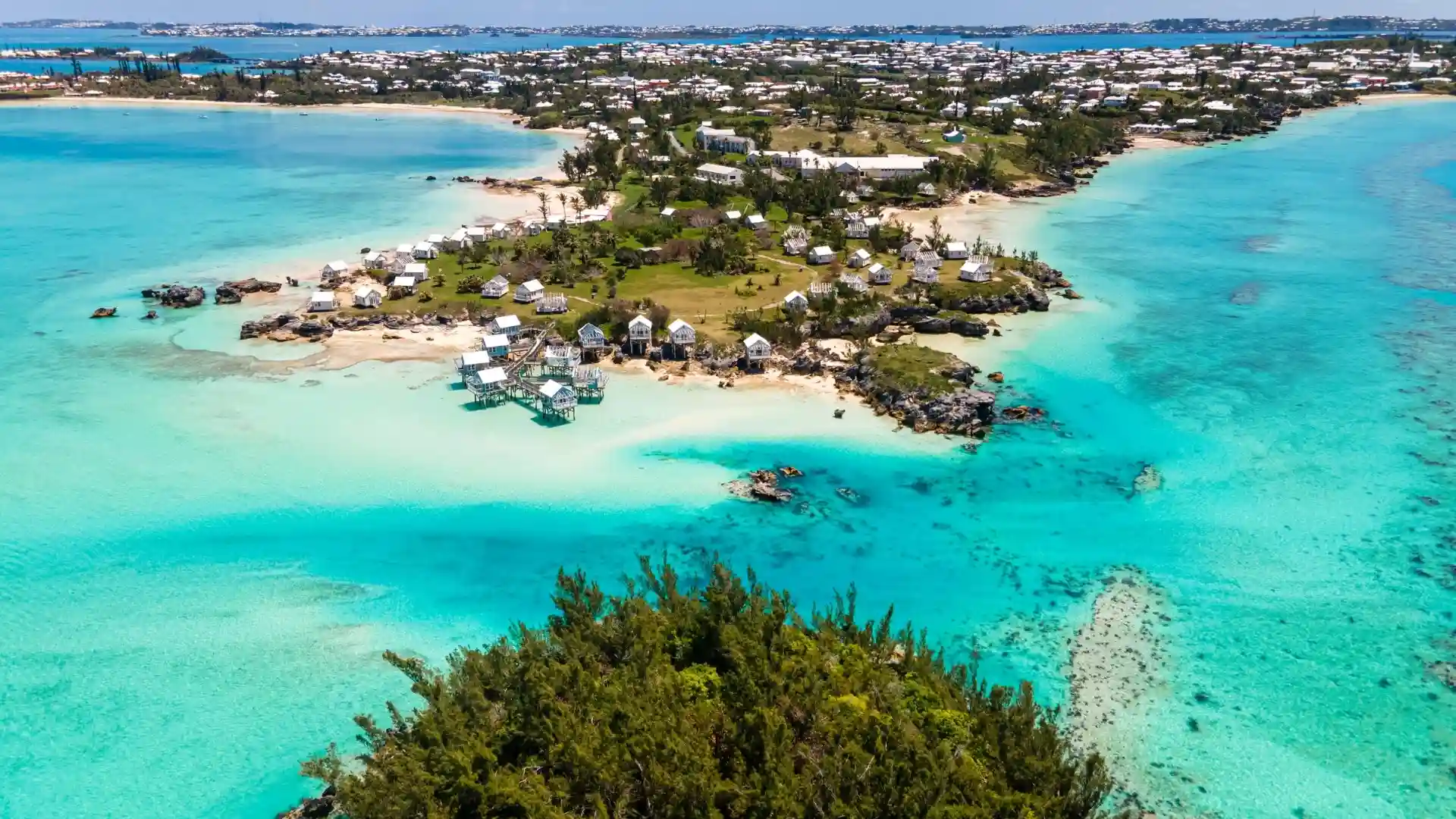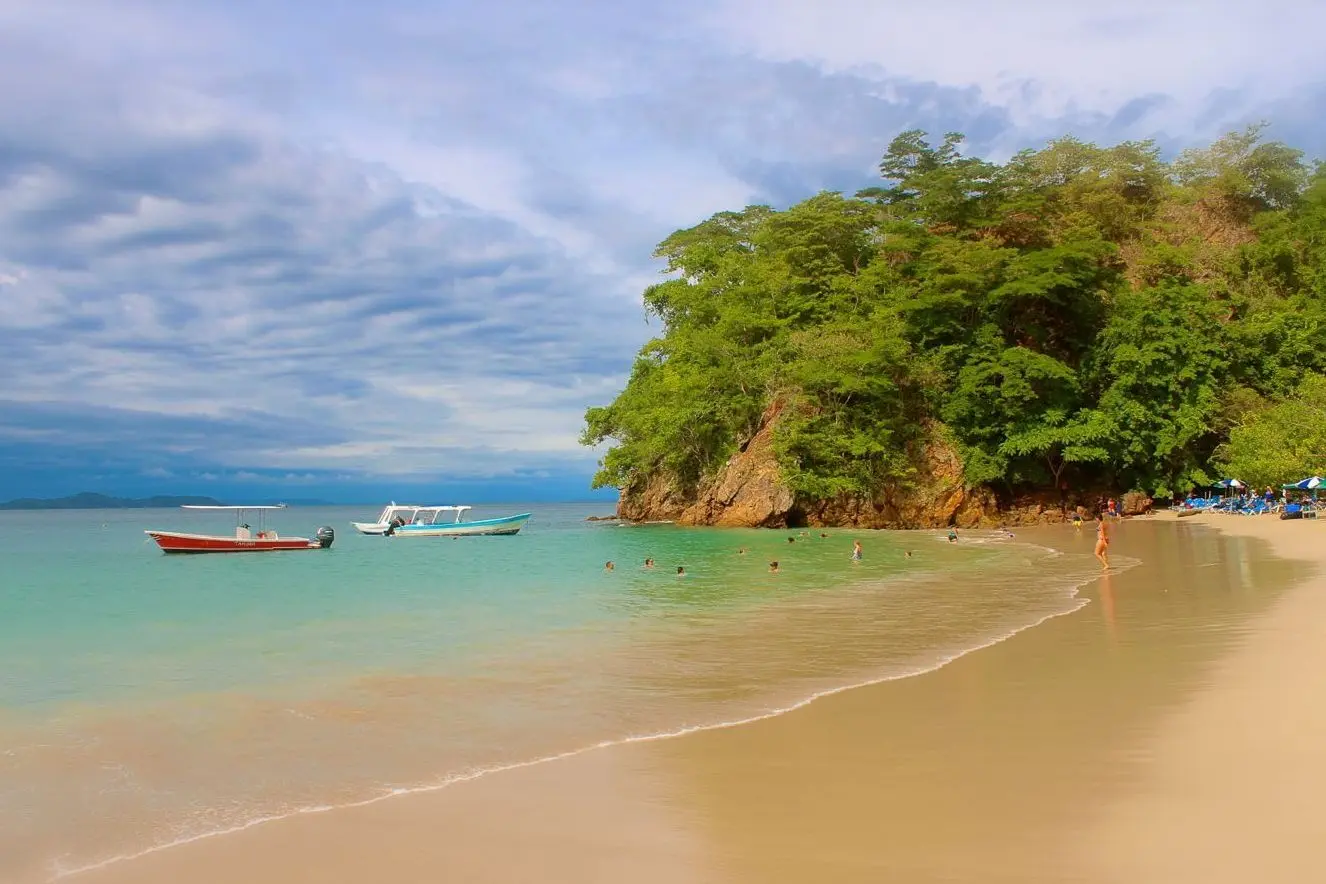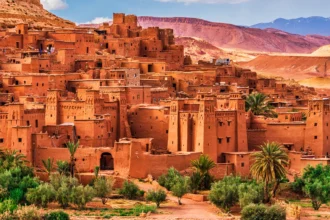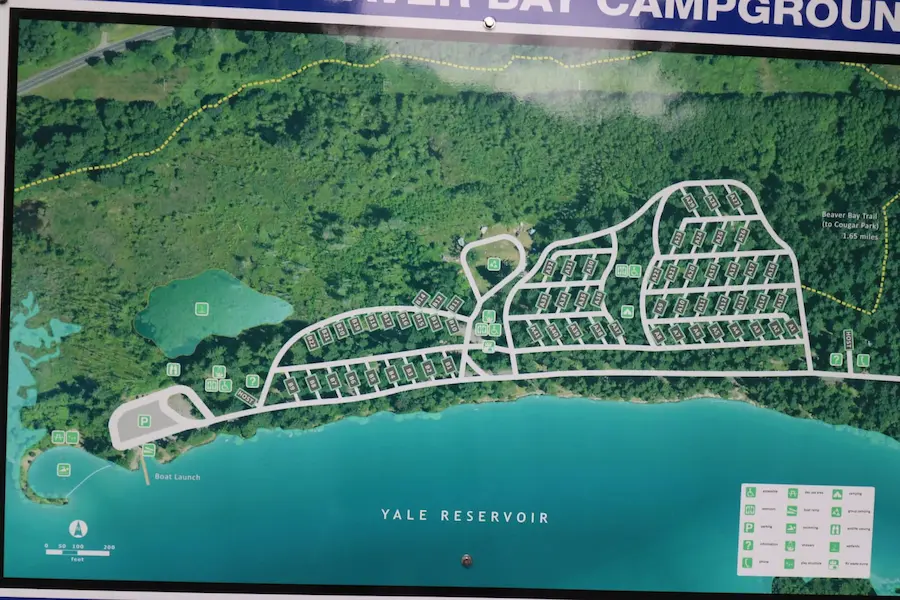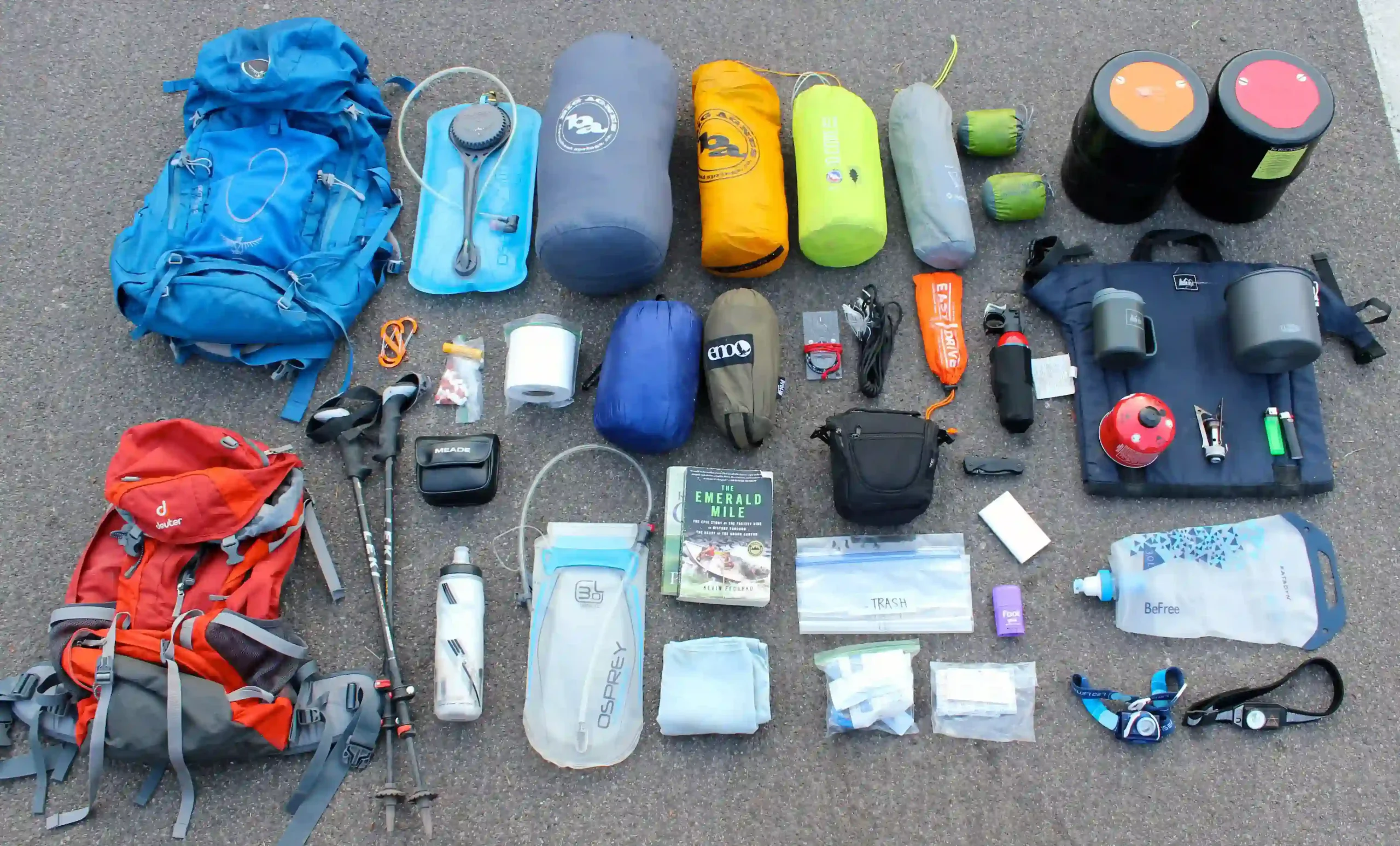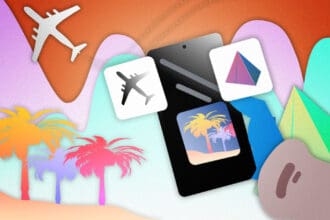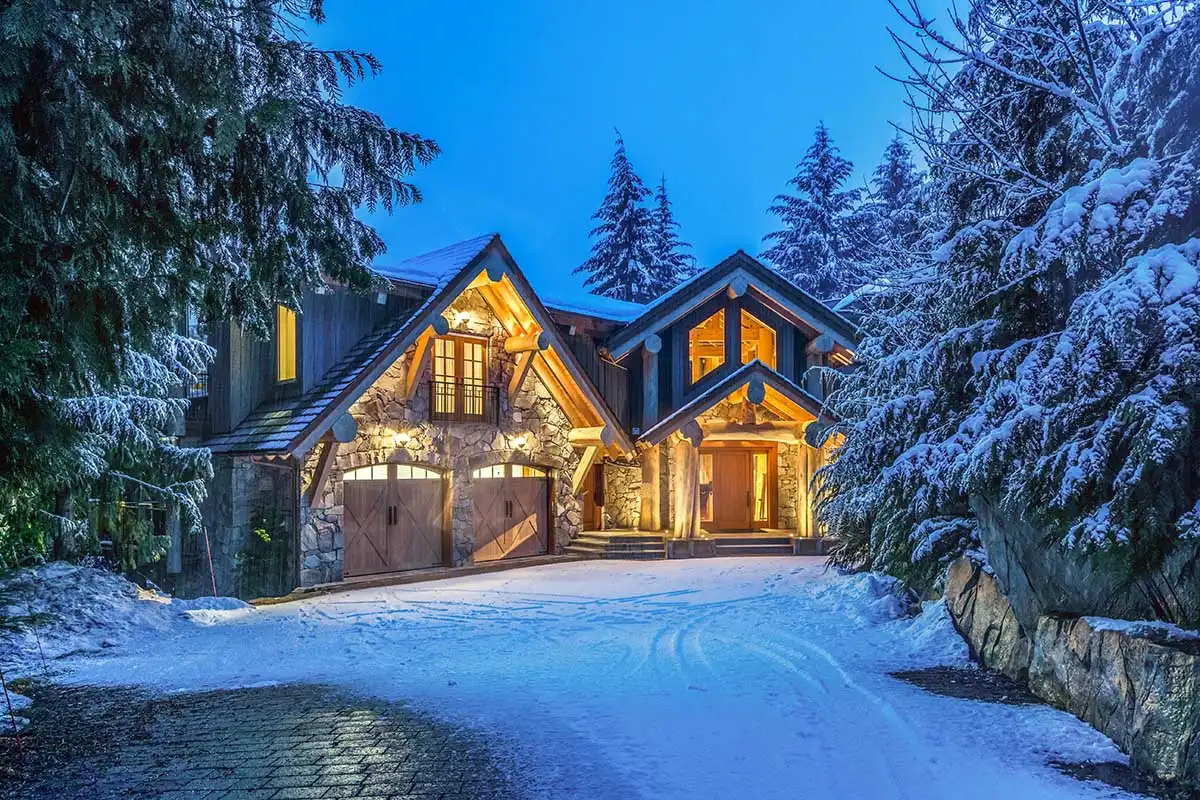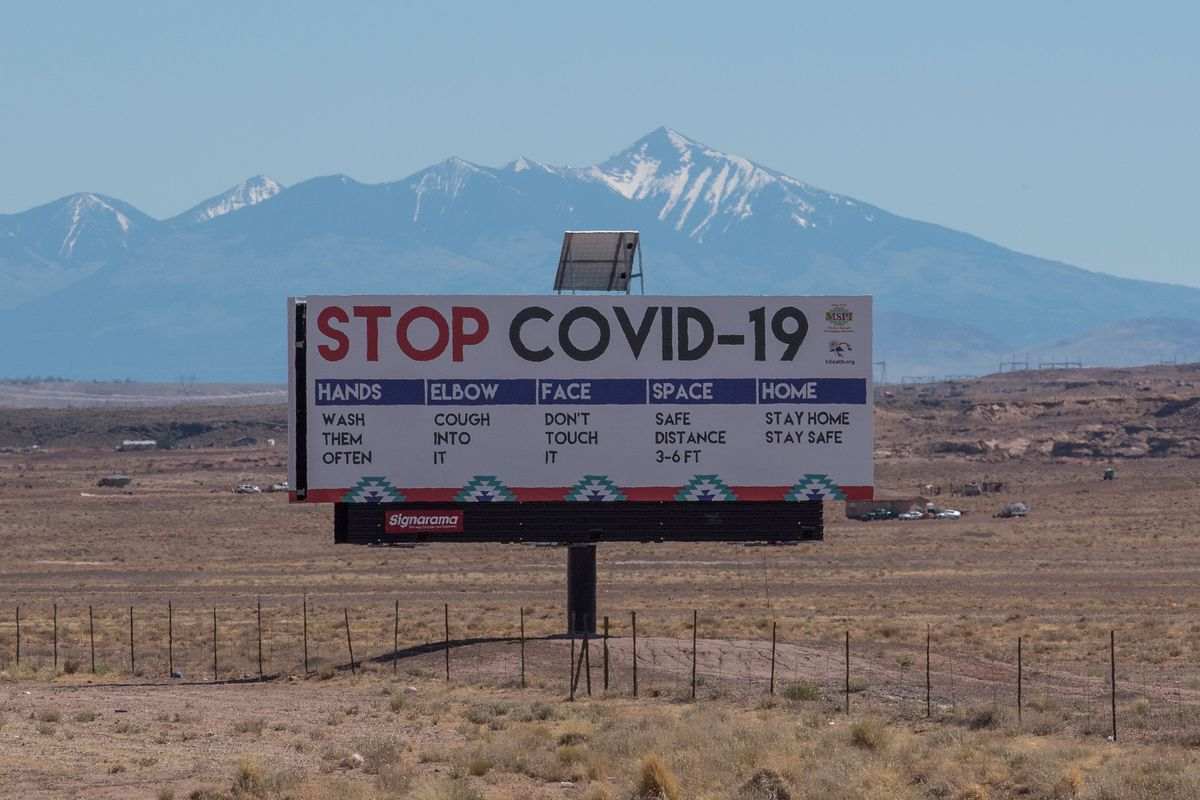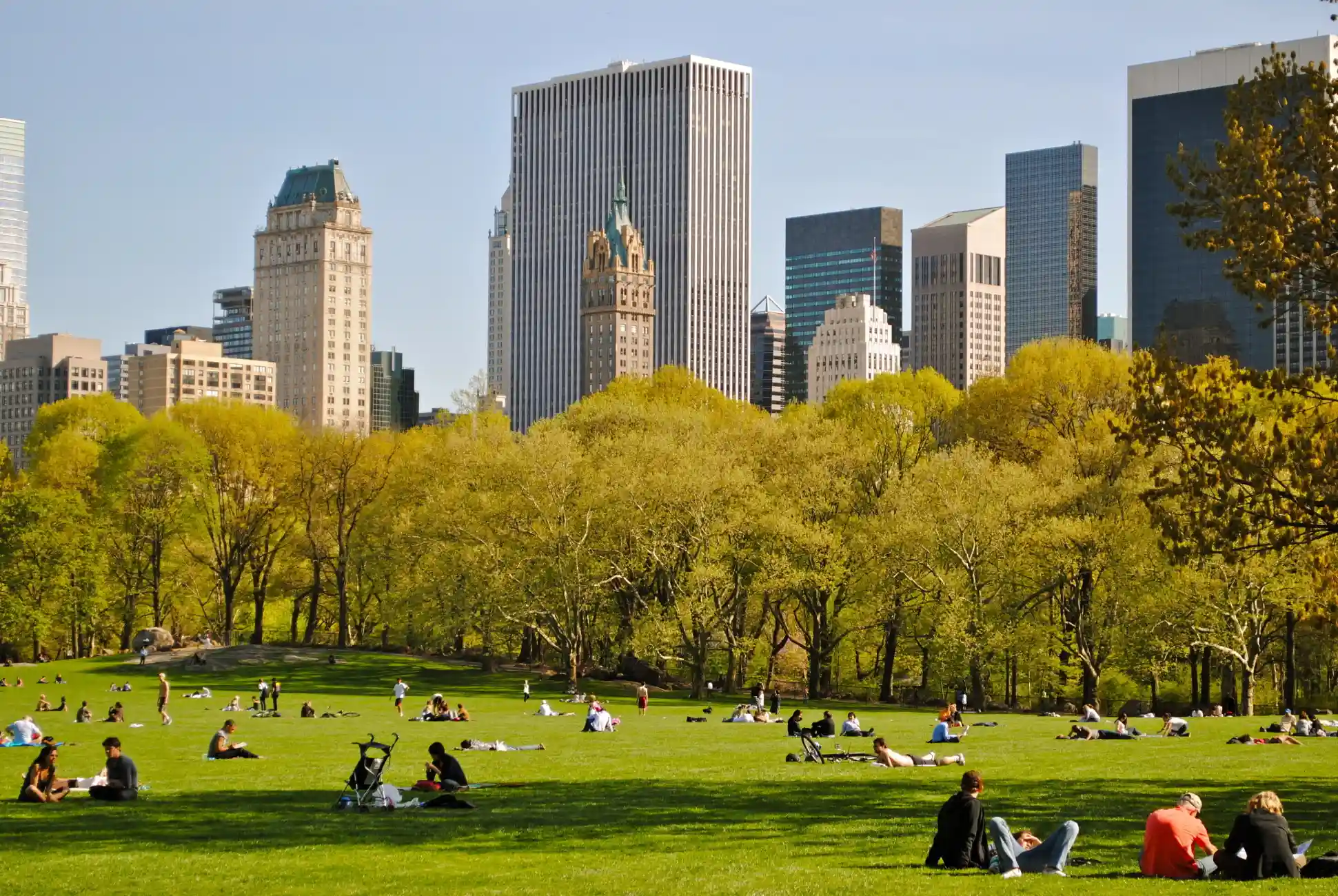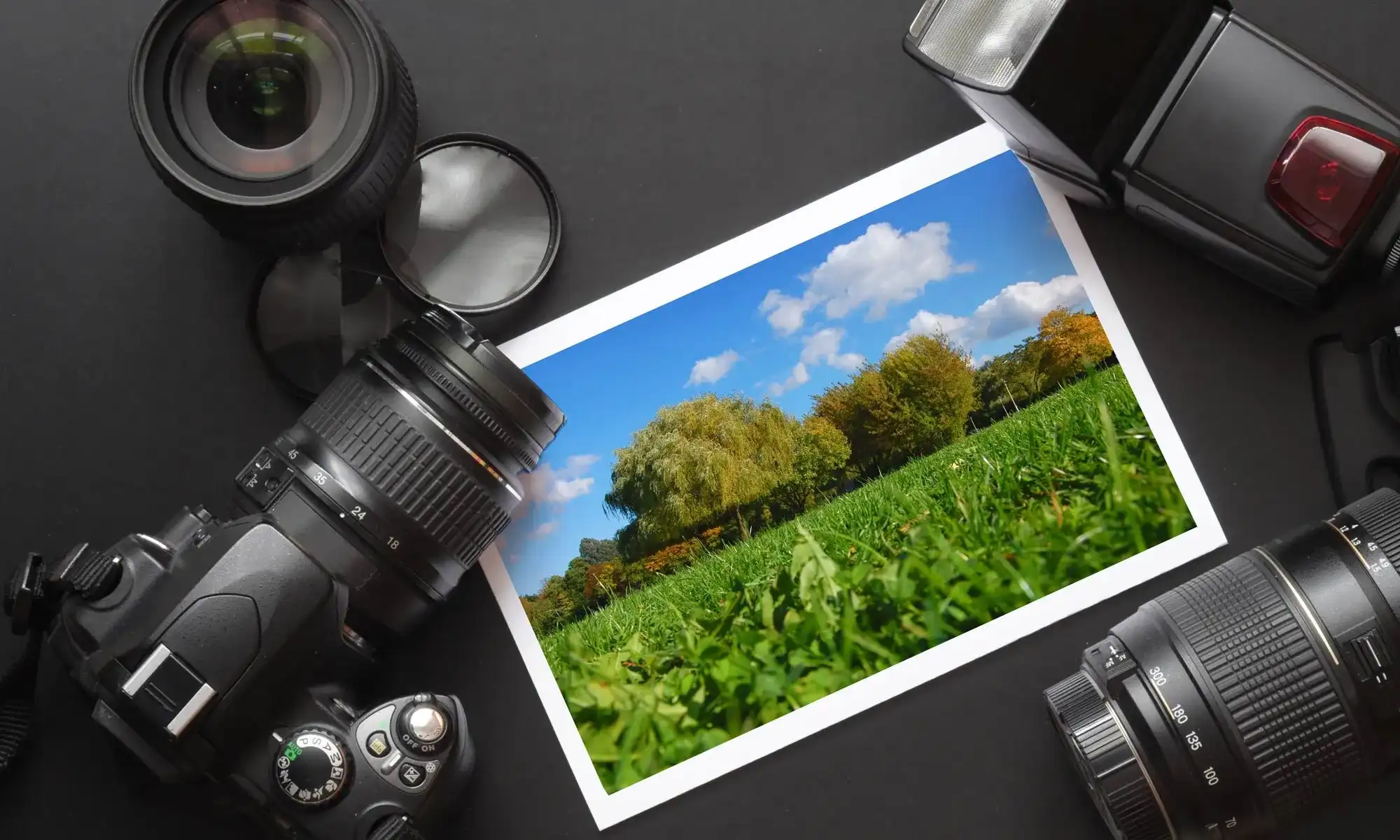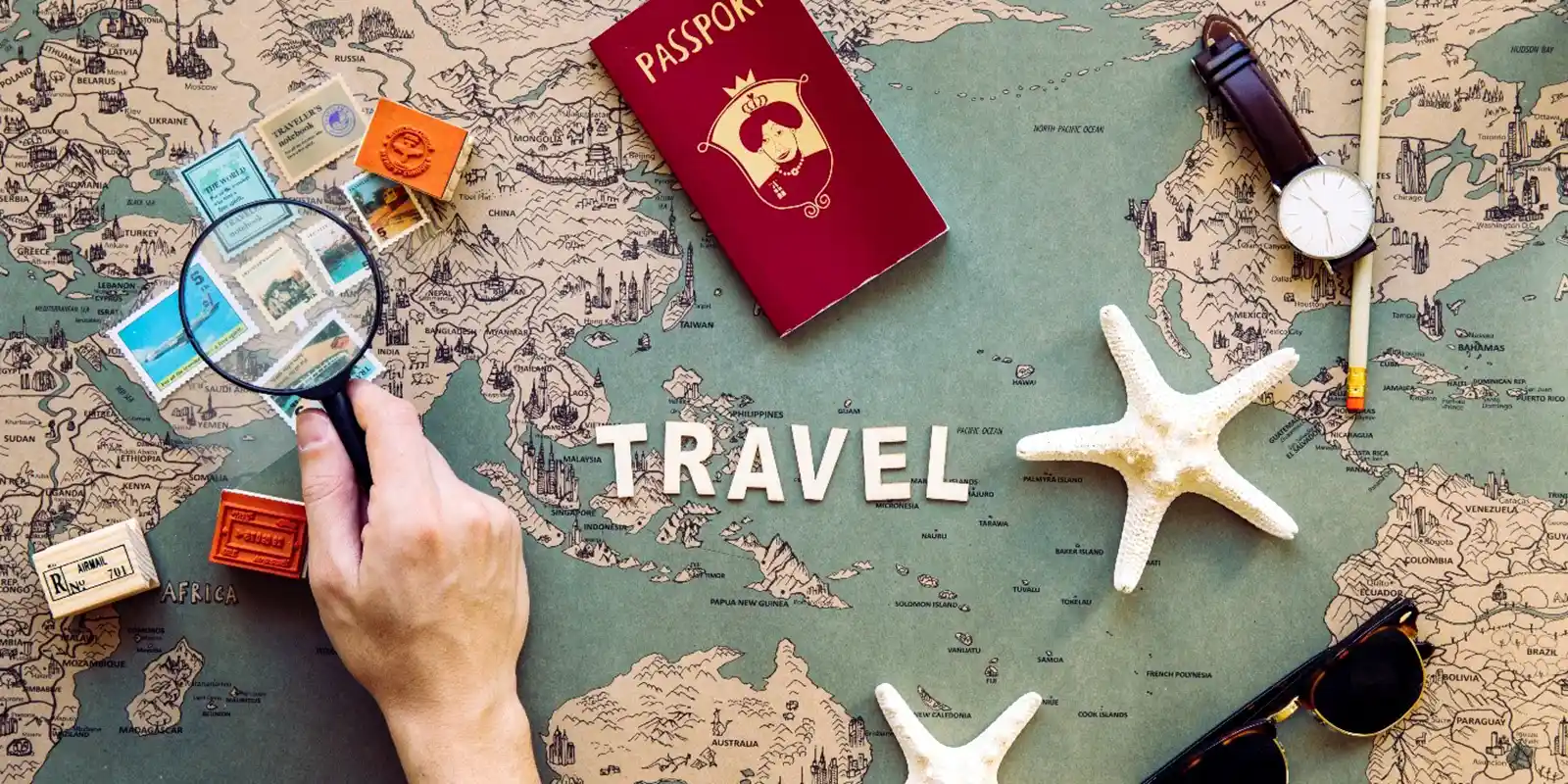Morocco is a country that beautifully blends history, culture, and natural wonders. If you only have 4 days to explore this vibrant destination, you can still experience the essence of Morocco through a carefully crafted itinerary. From the imperial cities to the Moroccan desert and bustling souks, this comprehensive 4-day itinerary will guide you through the best that Morocco has to offer.
Day 1 in Imperial Cities
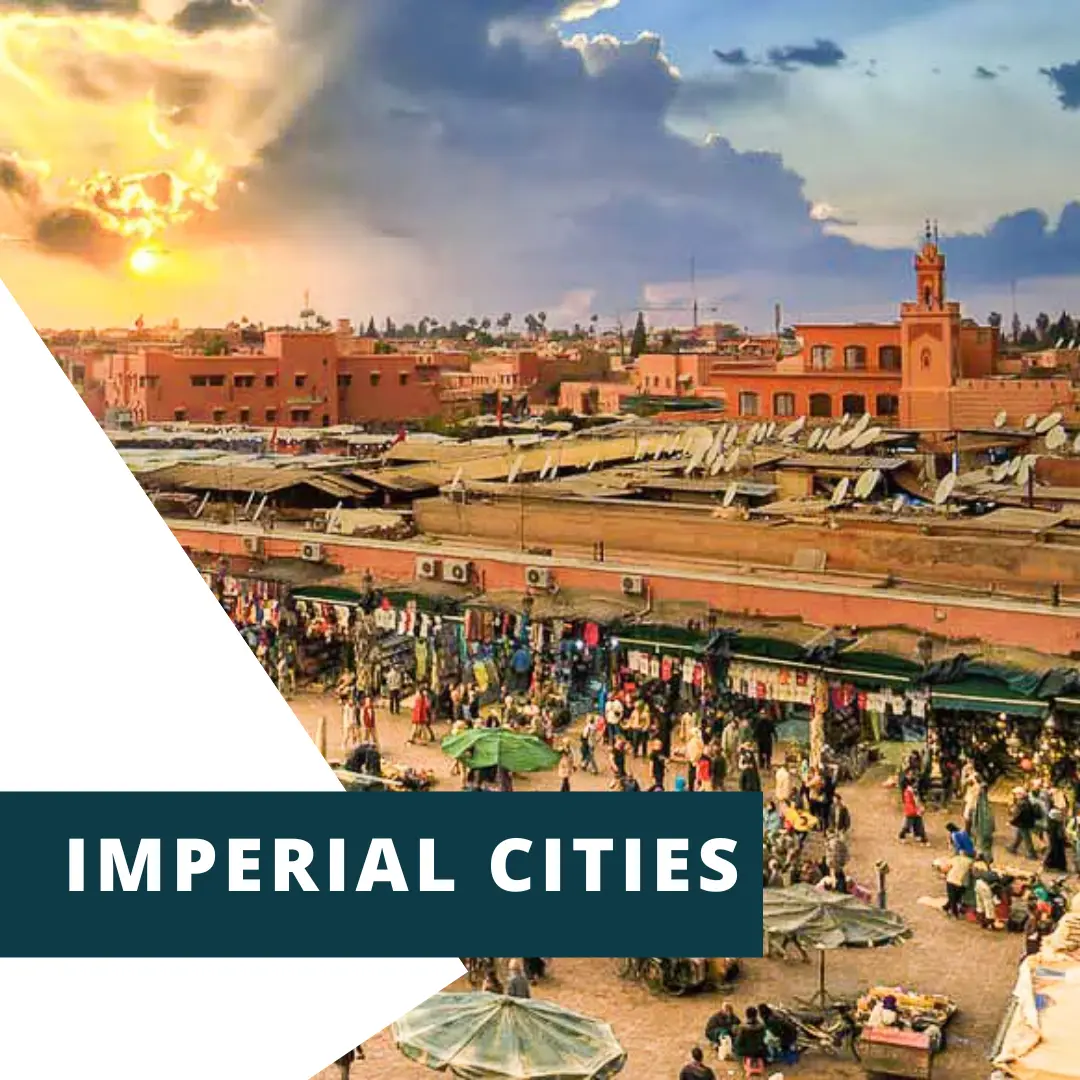
Morning
On the first day of your Morocco tour, you’ll start by immersing yourself in the grandeur of the imperial cities. Begin with Marrakech, Morocco’s most famous city, known for its rich history and vibrant culture. Start your morning at the Jemaa el-Fnaa, the bustling central square. Here, you can enjoy the vibrant atmosphere, with street performers, local food vendors, and artists showcasing their crafts.
Visit the Koutoubia Mosque, the largest mosque in Marrakech, which features a stunning minaret that dominates the skyline. Afterward, head to the Bahia Palace, known for its intricate tilework, lush gardens, and magnificent courtyards. A walk through the Medina will take you deeper into the heart of Marrakech’s charm, where ancient markets, historical buildings, and authentic architecture converge.
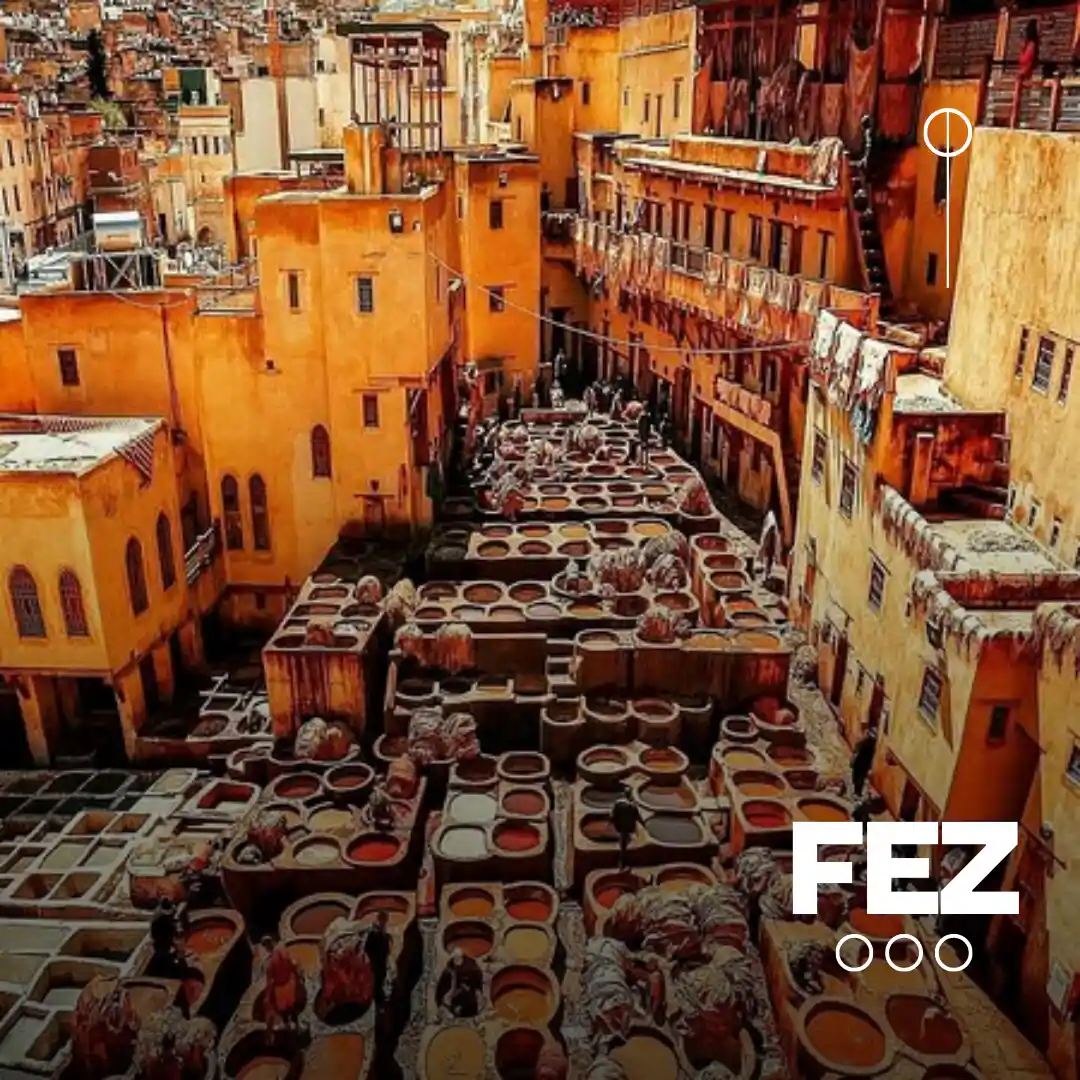
Afternoon
After lunch, head to Fes, another of Morocco’s imperial cities. Fes is famous for its well-preserved medieval architecture and a glimpse into Moroccan history. Explore the Fes el-Bali, a UNESCO World Heritage site, where you can visit the Al-Qarawiyyin University, one of the oldest educational institutions in the world.
Take time to wander the narrow alleyways of the medina, where you’ll find a range of handicrafts, including leather goods, textiles, and carpets. Be sure to visit the Chouara Tannery, where the process of tanning leather has remained unchanged for centuries.
Evening
In the evening, indulge in a traditional Moroccan dinner with dishes like tagine, couscous, and mint tea. If you’re feeling adventurous, explore the lively night markets or enjoy a stroll through the beautifully lit-up streets.
Day 2 – Exploring Moroccan Desert
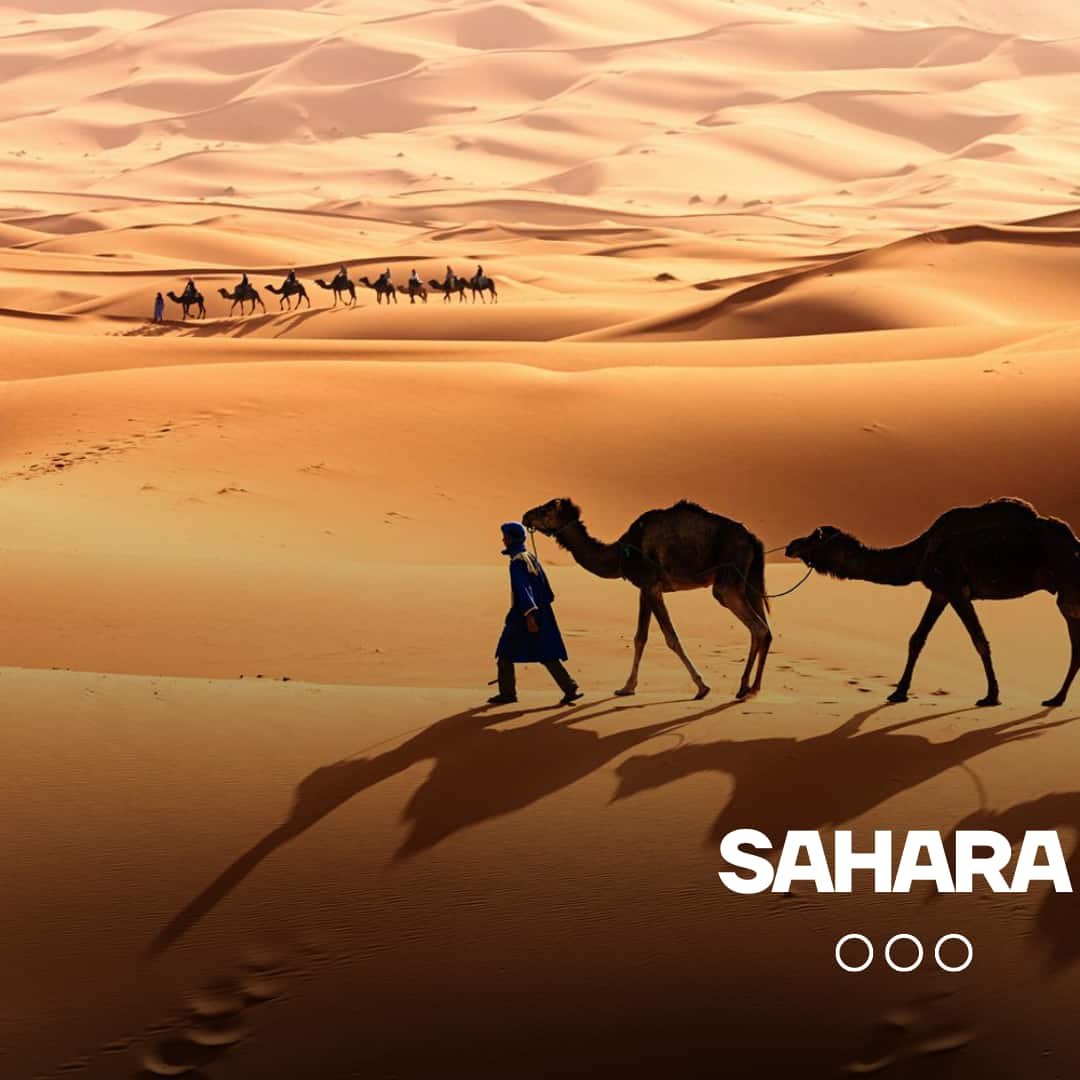
Morning
On your second day, prepare to venture into the Moroccan desert. Head to Merzouga, a small village located on the edge of the Sahara Desert. This is the starting point for your camel trek across the dunes of the Sahara. As you set off in the morning, you will experience the serenity and vastness of the Sahara Desert.
Ride a camel through the towering sand dunes and marvel at the unique desert landscape. The trek will take you deep into the desert where you will reach a traditional Berber camp.
Afternoon
Arriving at the Berber camp, enjoy a lunch of traditional Moroccan food, cooked over an open fire, while watching the sunset over the sand dunes. You’ll have a chance to learn about the Berber way of life, an indigenous culture of Morocco that has lived in the desert for centuries. Spend the afternoon relaxing, taking photos, and exploring the natural beauty of the desert.
In the evening, enjoy a starry night in the desert. The clear skies in the Sahara offer an incredible view of the stars, and you may even catch a glimpse of the Milky Way. The silence of the desert and the mesmerizing view make this experience truly unforgettable.
Day 3 in Morocco Markets and Souks
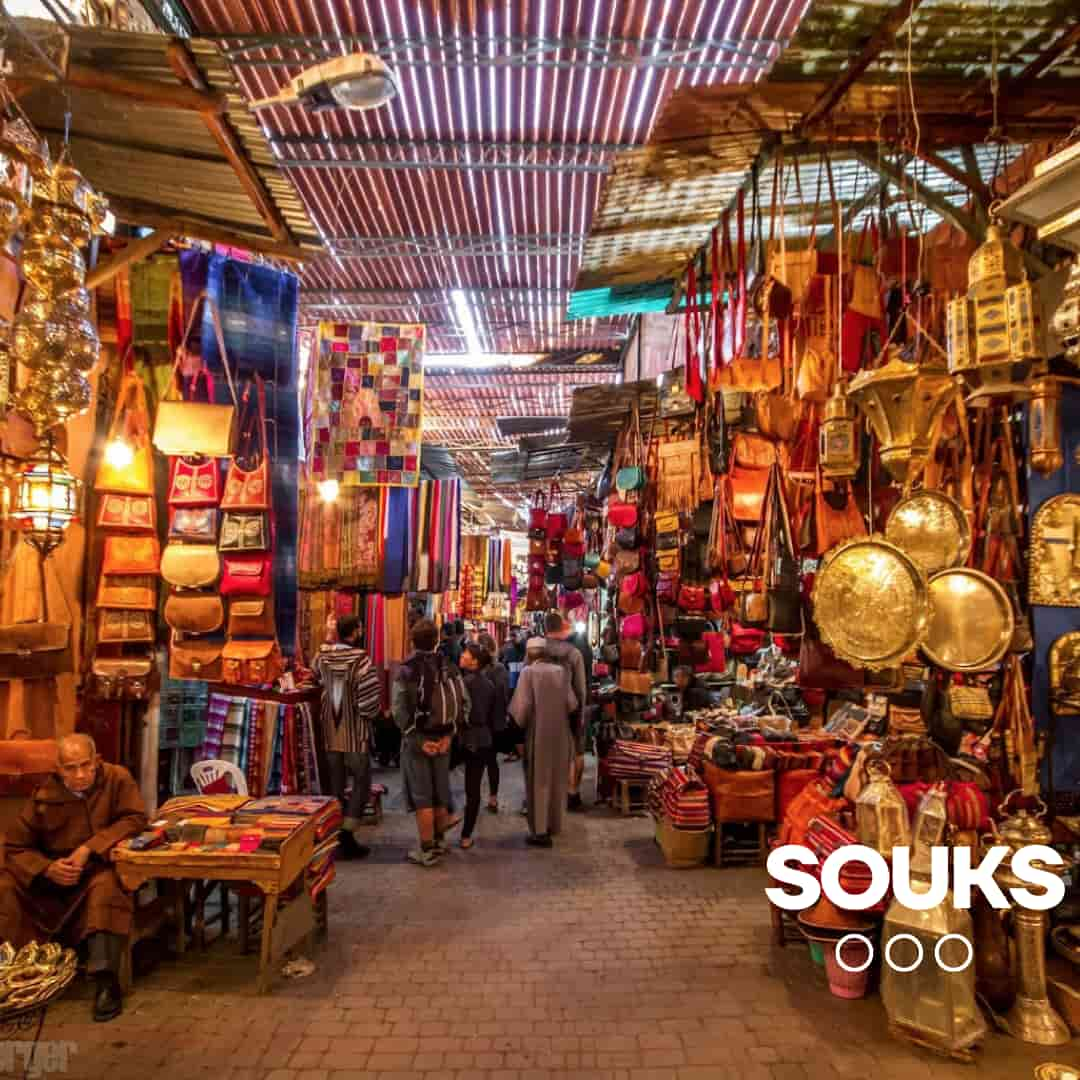
Morning
On Day 3, return from the desert and head to the vibrant markets and souks of Morocco. Begin your day in Marrakech, where you can explore the famous souks in the Medina. The maze-like alleys are filled with shops selling everything from spices to jewelry, ceramics, and leather goods. It’s the perfect place to pick up some unique souvenirs and experience Moroccan craftsmanship.
Don’t forget to visit the Souk Semmarine, one of the most famous souks, where you’ll find high-quality textiles, carpets, and a range of handcrafted products. Bargaining is an integral part of the experience, so be prepared to haggle and enjoy the lively interactions with local vendors.
Afternoon
Continue your day with a visit to Chefchaouen, the “Blue City” of Morocco. This stunning town is famous for its striking blue-painted buildings, narrow streets, and relaxed atmosphere. Explore the medina, and take time to relax in one of the many cafes, overlooking the scenic mountains.
Chefchaouen is the perfect place to slow down and take in Morocco’s serene beauty. Visit the Kasbah Museum for a deeper understanding of the town’s history, or wander the Rif Mountains for breathtaking views and natural beauty.
Evening
As the sun sets, take a moment to appreciate the peaceful ambiance of Chefchaouen. Dinner in one of the town’s traditional restaurants is an opportunity to try local specialties such as chicken pastilla or harira soup.
Day 4 – Discovering Unique Moroccan Values and Cultures

Morning
On your final day in Morocco, immerse yourself in the cultural heritage and unique values of the Moroccan people. Start your day with a visit to Meknes, another of Morocco’s imperial cities. Known for its grand gates and historical sites, Meknes offers a glimpse into Morocco’s royal past. Visit the Bab Mansour, one of the most impressive gates in Morocco, and explore the Mausoleum of Moulay Ismail, the resting place of the Sultan who is credited with making Meknes one of Morocco’s most important cities.
Afternoon
Afterward, visit the Volubilis Ruins, a UNESCO World Heritage site that showcases Morocco’s Roman past. The ancient Roman city is known for its well-preserved ruins, including stunning mosaics and architectural remains.
Evening
Conclude your tour in Rabat, the capital city of Morocco. Here, you can visit the Hassan Tower, a symbol of Morocco’s architectural prowess, and stroll through the Chellah Necropolis, a peaceful and historic site. Enjoy your last Moroccan meal in Rabat, reflecting on the rich experiences of your trip.
Other Tourist Attractions in Morocco
Morocco is filled with a wide array of tourist attractions beyond the classic destinations. Here are some additional must-visit spots that will enhance your Moroccan experience:
- Atlas Mountains
The Atlas Mountains offer some of Morocco’s most spectacular landscapes. Perfect for trekking, hiking, and wildlife spotting, these mountains stretch across the country and provide unparalleled views of snow-capped peaks, traditional Berber villages, and lush valleys. Popular trekking areas like Imlil and Toubkal National Park will take you to Jebel Toubkal, the highest peak in North Africa. - Essaouira
Located on the coast, Essaouira is a charming, coastal city known for its blue-and-white architecture, historic medina, and beautiful beaches. The town has a laid-back atmosphere, making it ideal for exploring local art galleries, craft shops, and enjoying fresh seafood by the sea. - Ait Benhaddou
A UNESCO World Heritage site, Ait Benhaddou is an ancient ksar (fortified city) that offers a glimpse into Morocco’s past. Famous for its striking mudbrick architecture, this historical site has been a popular filming location for movies such as Gladiator and Game of Thrones. - Chefchaouen
Known as the “Blue City,” Chefchaouen is famous for its distinctive blue-painted streets and buildings. Nestled in the Rif Mountains, the town offers visitors a serene atmosphere, ideal for strolling, shopping, or enjoying the panoramic views of surrounding landscapes. - Ouzoud Waterfalls
Located near Marrakech, Ouzoud Waterfalls is one of the tallest waterfalls in Morocco, with cascading water plunging from a height of over 100 meters. The area is ideal for hiking, picnicking, or simply relaxing by the waters, where you can even spot wild monkeys. - Dades Valley
This valley is located in the Sahara Desert region, offering visitors an impressive landscape of rock formations, gorges, and lush palm groves. Often referred to as the “Road of a Thousand Kasbahs,” the Dades Valley is an excellent spot for those looking to enjoy Morocco’s natural beauty and traditional architecture. - Marrakech Jardin Majorelle
The Jardin Majorelle in Marrakech is a stunning garden designed by French artist Jacques Majorelle. This oasis in the heart of the city features exotic plants, serene paths, and the iconic Majorelle Blue. It’s a peaceful escape from the bustling city. - Fes El-Bali
As one of the largest living medieval cities in the world, Fes El-Bali is a UNESCO-listed site filled with winding streets, historic madrasas, and mosques. The Al-Qarawiyyin Mosque and University, the oldest in the world, is a significant attraction here, as well as the Chouara Tannery where you can witness ancient leather-making techniques. - Tinghir
Tinghir is located in the Draa Valley, surrounded by palm groves and high cliffs. It is known for its beautiful canyons, rock formations, and ancient Berber villages. It’s also the starting point for visiting the Todgha Gorges, which offer trekking opportunities and a spectacular view of the mountains. - Rabat
As Morocco’s capital, Rabat has a blend of modernity and tradition. Key attractions include the Hassan Tower, Mausoleum of Mohammed V, and the historic Kasbah of the Udayas. Rabat also offers scenic views along its coastline and is known for its peaceful parks and gardens.
Conclusion
Morocco offers an incredible blend of history, culture, and natural beauty. From the imperial cities to the desert, bustling souks, and serene landscapes, a 4-day tour of Morocco will leave you with memories to last a lifetime. This itinerary offers a well-rounded experience that showcases the very best of Morocco, allowing you to immerse yourself in the traditions, values, and diverse landscapes of this fascinating country. Whether you’re interested in exploring historical sites, indulging in traditional Moroccan cuisine, or experiencing the desert firsthand, Morocco is a destination that promises an unforgettable adventure.
FAQs About Visiting Morocco
1. What is the best time to visit Morocco?
The best time to visit Morocco is during the spring (March to May) and autumn (September to November) when the weather is pleasant and ideal for sightseeing. The summer months can be quite hot, especially in the desert regions, while winter is a great time to explore the mountain regions for skiing and trekking.
2. Is it safe to travel to Morocco?
Yes, Morocco is generally safe for tourists. However, it’s essential to take precautions, such as avoiding walking alone at night in unfamiliar areas and keeping an eye on your belongings in crowded spaces. As in any destination, be cautious about scams or overcharging in markets and taxis.
3. What is the local currency in Morocco?
The Moroccan Dirham (MAD) is the official currency. Credit cards are widely accepted in larger cities and tourist spots, but it’s always good to carry some cash for smaller transactions or in rural areas. Currency exchange services are available at airports, hotels, and local banks.
4. Do I need a visa to visit Morocco?
U.S. citizens do not need a visa for stays up to 90 days. However, you must have a valid passport with at least six months of validity remaining. Make sure to check the latest entry requirements before your trip, as they may change based on your nationality.
5. What should I wear when visiting Morocco?
Morocco has a predominantly conservative culture. While tourists are not expected to follow strict dress codes, it’s respectful to wear modest clothing, especially in rural areas and religious sites. Women may choose to cover their shoulders, and men should avoid wearing shorts when visiting mosques or traditional areas.
6. Can I travel from Morocco to other countries easily?
Yes, Morocco has several international airports, such as Marrakech Menara Airport and Mohammed V International Airport in Casablanca, with direct flights to various countries in Europe, the Middle East, and Africa. The ferry services from Tangier also connect Morocco to Spain and Gibraltar.
7. What language is spoken in Morocco?
The official languages of Morocco are Arabic and Berber. However, many Moroccans speak French as well, especially in urban areas and for business purposes. English is becoming more common in major tourist areas, but learning a few basic phrases in Arabic or French can enhance your experience.
8. What is Moroccan food like?
Moroccan cuisine is rich in flavors, featuring spices such as cumin, coriander, and cinnamon. Signature dishes include tagine (a slow-cooked stew), couscous, pastilla, and harira soup. Don’t forget to try traditional mint tea, a symbol of Moroccan hospitality.
9. Is Morocco a good destination for solo travelers?
Yes, Morocco is a great destination for solo travelers. The country offers a range of experiences, from exploring historic sites to trekking in the desert. However, solo travelers should stay alert in crowded areas and take general safety precautions, especially in unfamiliar places.



